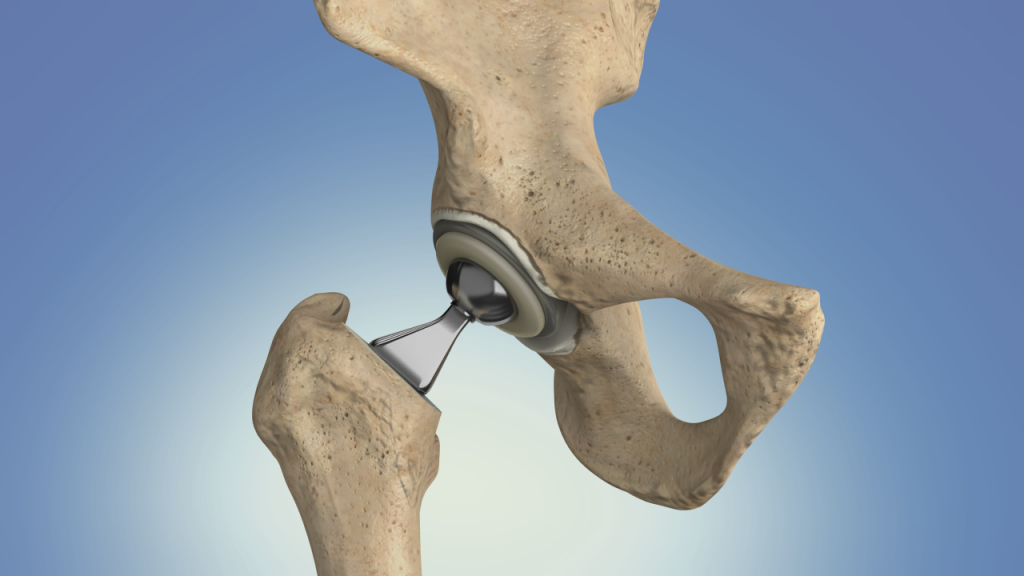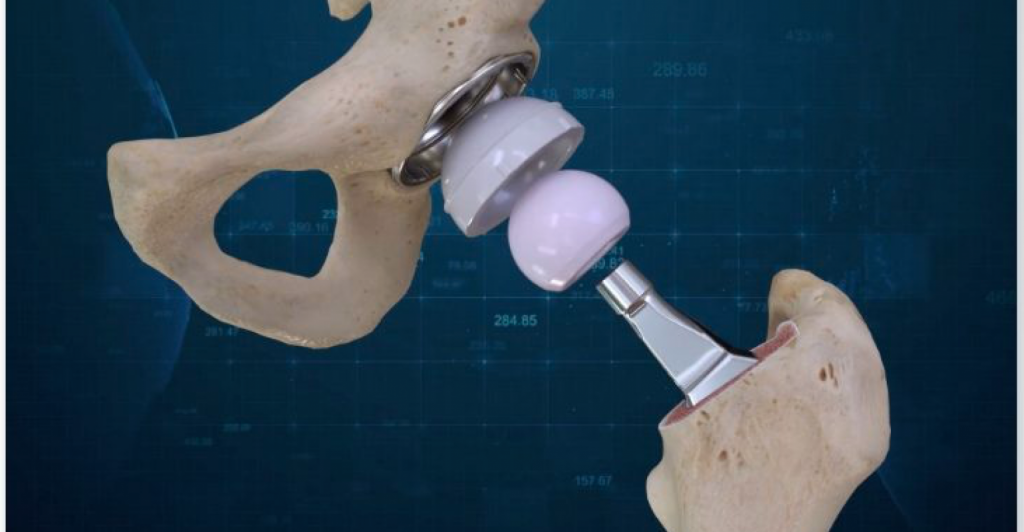About the process:

What is the procedure?
This cartilage allows for the hip joint to move freely. When the cartilage lining of the joint wears out, hip movements become stiff and painful. The next step of hip replacement surgery is to remove the damaged cartilage and bone. To remove the worn-out ball the bone is cut to remove the femoral head. Once the arthritic ball is removed, the worn out socket can be addressed. Unlike the ball, this bone cannot be cut off — the socket of the hip joint is part of the pelvis bone. Once the damaged bone has been removed from the acetabulum, the new socket of the hip replacement can be inserted. The socket of the pelvis is called the acetabulum, and the part of the hip replacement inserted into the socket is called the acetabular component. The acetabular component is held tightly in the pelvis by making the socket slightly smaller than the acetabular component, and wedging the implant into the bone.
This cartilage allows for the hip joint to move freely. When the cartilage lining of the joint wears out, hip movements become stiff and painful. The next step of hip replacement surgery is to remove the damaged cartilage and bone. To remove the worn-out ball the bone is cut to remove the femoral head. Once the arthritic ball is removed, the worn out socket can be addressed. Unlike the ball, this bone cannot be cut off — the socket of the hip joint is part of the pelvis bone. Once the damaged bone has been removed from the acetabulum, the new socket of the hip replacement can be inserted. The socket of the pelvis is called the acetabulum, and the part of the hip replacement inserted into the socket is called the acetabular component.

Quick facts
Hip replacement is a procedure in which a doctor surgically removes a painful hip joint often made from metal or plastic components.
● It can be performed under general anaesthesia as well as spinal anaesthesia.
● There is a stay of 2-3 days during the hip replacement procedure.
What are the new materials in total hip replacement?
Newer materials are used to increase the longetivity of the components implanted. Highly cross-linked ultra-high molecular weight polyethylene is used instead of the regular ultra-high molecular weight polyethylene. Ceramic surfaces are used for younger patients as these surfaces are very resistant to wear and hence, last a very long time. Ceramic joints normally cost a little higher than the regular joints.
At Shah Hospital, we offer various choices of choosing materials used in hip replacement.
What are the new designs in total hip replacement?
In regular hip replacements, the polyethylene surface or the ceramic surface is fixed into the acetabular shell implanted in the acetabulum. A large head of metal or ceramic 28 or 36 mm is routinely used to get good range of motion.
Dual motion has been introduced lately for hip replacements. This technique has been practiced in France for the last thirty five years but it is only for the last few years that it has left the French shores. Here, the polyethylene insert is also mobile in the socket. Hence, the first motion is between the head and the insert and there is also an additional motion between the insert and the socket. This allows for complete range of motion and full function including sitting cross-legged and squatting without compromising stability.
At Shah Hospital, dual mobility total hip replacements are performed routinely.
